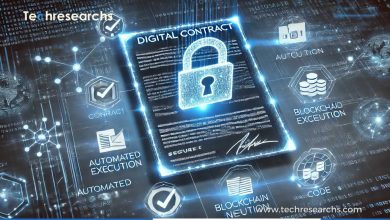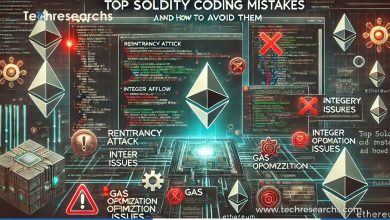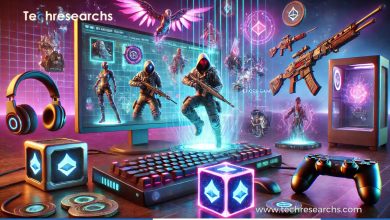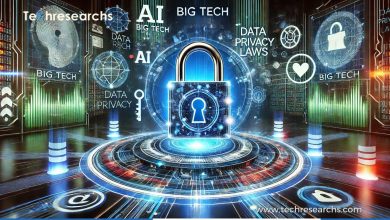Mixed Reality for Remote Assistance: How It’s Changing Tech Support
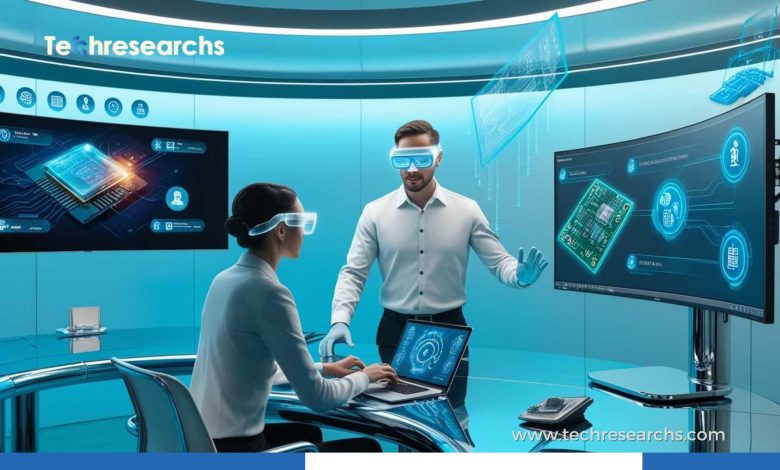
In today’s fast-paced digital world, businesses are constantly seeking ways to improve their customer support systems. Mixed reality for remote assistance is an innovative solution that is revolutionizing tech support by providing enhanced virtual assistance. By merging the real and virtual worlds, mixed reality allows technicians to guide customers remotely with real-time, immersive visuals. This technology is helping industries from IT support to healthcare, offering efficient troubleshooting, step-by-step guidance, and seamless communication. In this article, we’ll explore how mixed reality is changing the landscape of tech support and why it’s the future of remote assistance.
What Is Mixed Reality and How Does It Work?
Mixed reality (MR) combines elements of both augmented reality (AR) and virtual reality (VR), blending the physical and digital worlds into a seamless experience. In the context of remote assistance, MR enables technicians to see and interact with their clients’ real-world environments remotely, using digital overlays and interactive tools. This allows for more effective problem-solving and customer guidance compared to traditional phone or video calls.
For example, a technician can see exactly what the customer is viewing through smart glasses or a camera on their device, and can then offer hands-on guidance. This real-time interaction is possible thanks to advanced MR software that synchronizes the technician’s input with the user’s environment.
The Role of Mixed Reality in Remote Assistance
- Enhanced Communication and Collaboration
One of the main benefits of using mixed reality for remote assistance is the ability to communicate more effectively. MR allows both parties to visualize the same physical space, making troubleshooting and collaboration more intuitive. Technicians can annotate the customer’s environment in real-time with instructions, diagrams, or visual cues. This makes it easier for users to follow complex steps, ensuring that issues are resolved faster.
- Immersive Troubleshooting
With MR, technicians can superimpose virtual elements, such as diagrams or step-by-step guides, directly onto the real-world environment of the customer. This immersive method of troubleshooting helps users understand the problem in a more intuitive way. For instance, in the case of machinery malfunction, technicians can visually highlight the problem area and provide immediate solutions through remote interaction.
- Real-Time Assistance with Virtual Tools
Remote assistance through MR integrates powerful virtual tools that allow technicians to perform virtual repairs, assist in device configuration, or diagnose issues remotely. Using MR, a technician can “virtually” repair a broken part or interact with a device’s interface, guiding the customer through each step as if they were physically present.
Benefits of Mixed Reality for Tech Support
- Increased Efficiency: MR speeds up the troubleshooting process by providing a more visual, hands-on approach. With step-by-step guidance and real-time visuals, technicians can resolve issues faster.
- Reduced Downtime: By minimizing the need for physical visits, MR reduces wait times and ensures that tech support is available whenever needed, without delays.
- Cost-Effective: Businesses can save on travel costs and reduce operational expenses by handling technical issues remotely.
- Improved Customer Satisfaction: With enhanced interaction and real-time solutions, customer satisfaction levels increase. Clients appreciate the personalized and immersive support experience.
Key Industries Benefiting from Mixed Reality Remote Assistance
- IT and Tech Support In IT support, mixed reality for remote assistance allows technicians to fix software bugs, configure hardware, and resolve network issues by interacting directly with the customer’s system through MR applications. This reduces downtime and enhances the customer experience.
- Manufacturing and Engineering Manufacturing sectors use MR for equipment troubleshooting. Technicians can guide operators through repairs or installations remotely, ensuring machines run smoothly without the need for on-site visits.
- Healthcare In the healthcare industry, MR enables remote surgery assistance or guides medical staff during complex procedures. This improves accuracy and reduces the need for in-person consultations.
- Retail and Customer Service Retailers use MR to assist customers in assembling products, troubleshooting devices, or answering complex queries, all from the comfort of their homes. This enhances customer support while reducing store visits.
Challenges and Considerations for Mixed Reality in Tech Support
While mixed reality for remote assistance offers numerous advantages, there are a few challenges to consider:
- Technical Limitations: High-speed internet and compatible hardware are essential for seamless MR experiences. Any network issues can disrupt the real-time interaction.
- User Adoption: Some customers may be unfamiliar or uncomfortable with MR technology, so clear instructions and user-friendly interfaces are vital for widespread adoption.
- Privacy Concerns: With live video feeds and real-time data sharing, security and privacy must be prioritized to protect sensitive customer information.
Future Trends in Mixed Reality for Remote Assistance
The future of mixed reality for remote assistance looks promising. As technology continues to evolve, MR will become more intuitive and accessible. Here are some expected trends:
- AI Integration: The integration of artificial intelligence (AI) with MR will enable more automated and intelligent remote support. AI-driven systems can anticipate problems and offer pre-emptive solutions in real-time.
- 5G Connectivity: With the advent of 5G technology, MR remote assistance will become even more seamless, allowing for higher-quality video and real-time interactions without latency.
- Wearable MR Devices: The adoption of wearable MR devices, such as smart glasses or headsets, will further enhance the hands-free support experience, making remote assistance more immersive and efficient.
FAQs
Q1: What devices are required for mixed reality remote assistance?
To use mixed reality for remote assistance, customers typically need a smartphone, tablet, or wearable device such as smart glasses or a mixed reality headset.
Q2: Is mixed reality cost-effective for businesses?
Yes, MR can save businesses money by reducing the need for on-site visits, minimizing downtime, and enhancing the efficiency of tech support operations.
Q3: How can MR improve customer service?
By providing real-time, immersive support, MR helps technicians guide customers through troubleshooting processes more effectively, leading to faster resolutions and increased satisfaction.
Mixed reality for remote assistance is undeniably transforming the way tech support operates, enabling businesses to provide faster, more efficient, and cost-effective solutions. From IT support to healthcare and beyond, MR is proving its value by enhancing communication, collaboration, and troubleshooting capabilities. As technology continues to advance, the integration of mixed reality into tech support is bound to become even more powerful, shaping the future of customer service and remote assistance.
More TechResearch’s Insights and News
5G Augmented Reality: Shaping the Future of Tech
Virtual Reality 2.0:Features & Advancements You Need to Know
